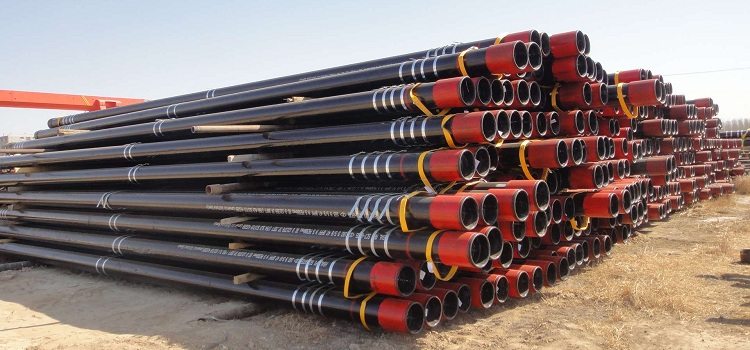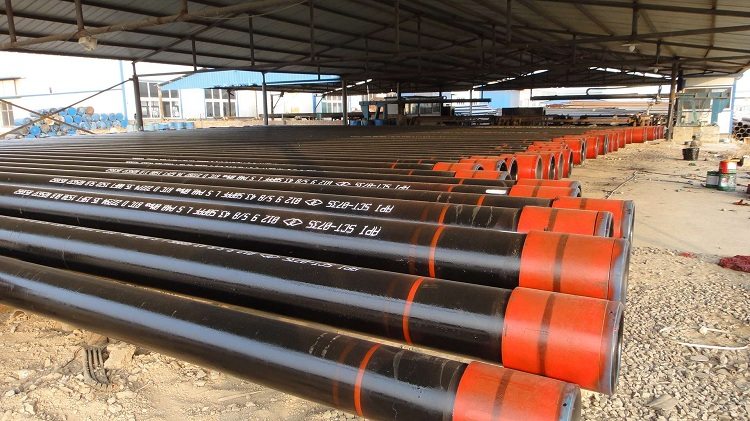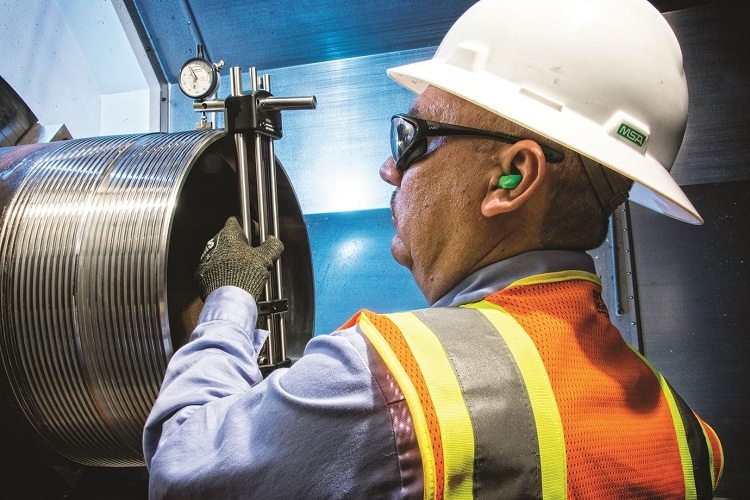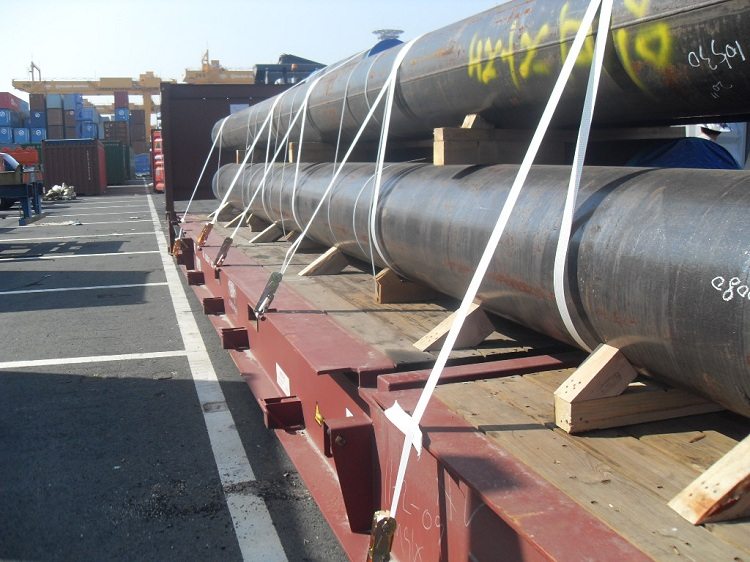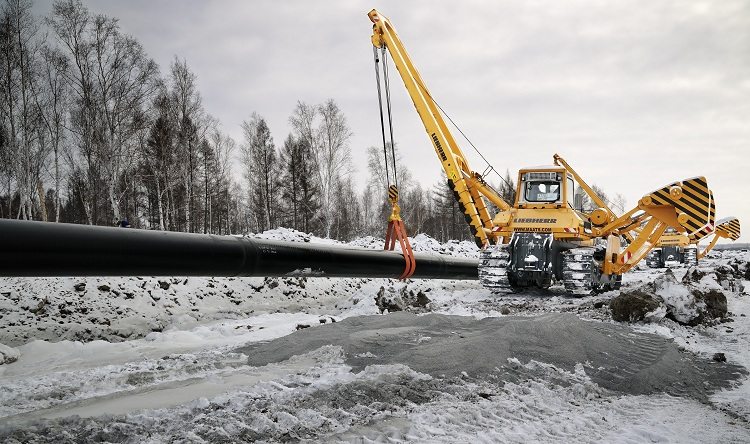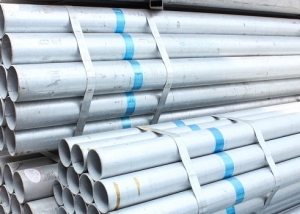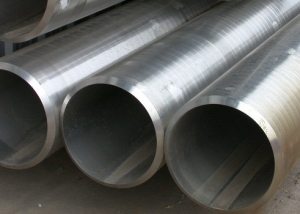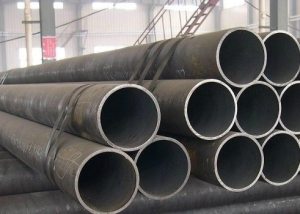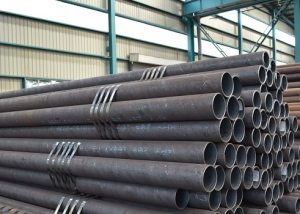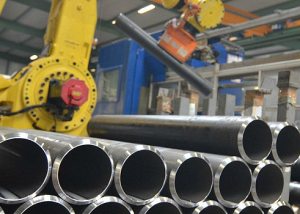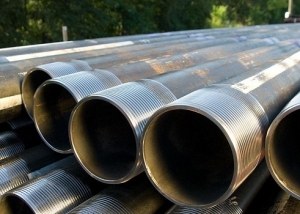Tubing (tubing) - the basis of communications in the oil and gas industry. The operation of the oil and gas industry, exploration and drilling of artesian wells is impossible without reliable specialized equipment. These products are used not only in the oil and gas industry, but also for supplying water from artesian wells and for transporting compressed air under pressure.
Content
Basic requirements for standardization of tubing pipes
Tubing (tubing) - the basis of communications in the oil and gas industry. They are characterized by high reliability and durability. Couplings and smooth billets are made of durable steel grades D, E, K, L and M.
All requirements for the production of products are provided by the standards of GOST 633-80, according to which specialized enterprises produce the following varieties:
- standard tubing with couplings;
- high-sealed products NKM;
- with threaded NKT-V threads;
- couplingless pipes of NKB.
Allowed the release of products according to TU (technical conditions of the enterprise):
- with increased resistance to extremely low temperatures for operation in the northern regions - TU 14-3-1282-84 and 14-3-1588-88.
- cold-resistant elements with increased resistance to damage (corrosion) from the supply of media with a high content of hydrogen sulfide and acid vapors - TU 14-161-150-94 and 14-161-173-97.
- products of increased ductility, equipped with a connecting unit made of polymers - TU 14-3-1722-91.
Attention! At a small distance from the end of the product, where the coupling should be, must be marked in the form of a mark.
The stigma contains the following information:
- release date (year and month);
- wall thickness and section (in mm);
- strength steel marking (letter designation);
- trademark of the issuing enterprise.
Standard diameters of products in this segment are from 27 mm to 114 mm. The most popular products are 73 mm, 89 mm and 114 mm, and each group corresponds to the wall thickness and steel grade stated in the tables. For example, tubing, dimensions:
- 27 mm - wall thickness 3 mm;
- 48 mm - 4 mm;
- 60 mm - 5 mm;
- 89 mm - 8 mm;
- 102 mm - 6.5 mm;
- 114 mm - 7 mm.
When placing an order with managers, it is important to indicate for what type of wells these products are purchased - for water, gas or oil, which will help to make the best choice. When purchasing, it is obligatory to require from the manufacturer or supplier certificates for all goods, including couplings, where the parameters shown must coincide with the marking of the products.
Variety of products
The tubing pipe is designed for wells that transport liquid and gaseous media. The specificity of the internal medium supplied under pressure is the presentation of high quality requirements for such products.
Attention! In the marking of imported products there are designations in inches, which must be checked against the tables. For example, a thickness of 50.8 - 139.7 mm, respectively - from 2 to 5.5 inches. An analog of domestic GOST is the foreign API 5CT.
A certain type of tubing is used only for the extraction of bitumen and other heavy semi-fluid media.Classifications A, B, C and D are reduced to the type of thread, the presence of a polymer seal assembly, enhanced frost resistance and the presence of o-rings on the thread.
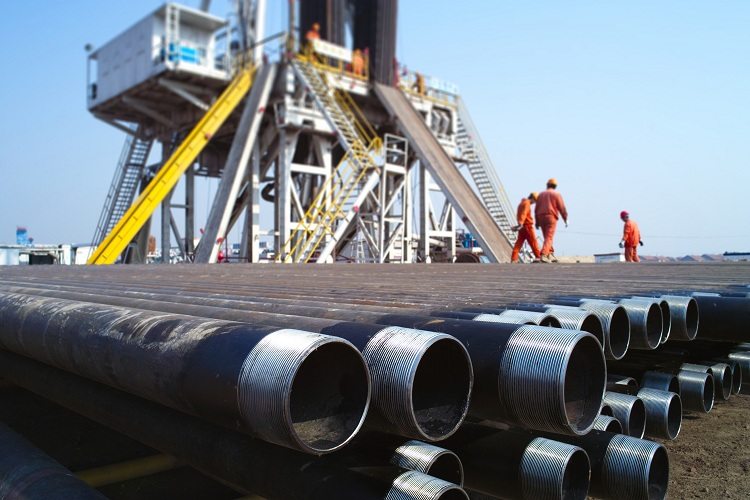
Tubing pipes are classified according to their purpose, for each type of well a certain type of product is selected
But tubing is classified by the type of substance pumped from the bowels of the earth:
- oil wells;
- gas driving;
- water injection.
For the greatest resistance to corrosion, products for tubing stations are manufactured from non-ferrous metals. Aluminum-based pipes guarantee resistance to the destructive effect of hydrogen sulfide. Due to the fact that the tubing pipe weighs 1 meter much less, the equipment of the stations will weigh less. Accordingly, the total load on the surface where the mining complex is located will have improved performance. The strength of these parts is an order of magnitude higher than ordinary steel products.
Light weight tubing of tubing made of light alloys - the possibility of constructing a longer column, about 2.5 times more than steel parts having the same weight.
Tubing specifications
Pipes for a tubing installation must be of high quality to cope with functionality and high load. Damage, integrity, delamination or cracks that could lead to their depressurization are excluded. There should not be gaps or displacements inside the well itself, so that it can go as long as possible without major repairs of the well and equipment. These products can also be used to supply water from an autonomous well. Another application of the tubing pipe is to pump air to clean the well by blowing.
Since such parts often come in contact with the aggressive environment from the outside, there is high pressure inside, therefore they must differ:
- resistance to corrosion;
- wear resistance;
- absolute tightness;
- excellent cross-country ability (smooth).
The standard is within 6-10.5 m, at the request of the customer they can be 1 meter longer, that is 11.5 m. The industrial production of tubing is established in accordance with GOST, where the dimensions are specified and described in the tables.
The products of this sample produce 2 types:
- with smooth ends;
- with external thread.
The tubing pipes processed at the joints have the greatest protection against depressurization and corrosion. The threads are additionally equipped with special grease to ensure absolute tightness of the installation. Visually, they differ in that there is an external thread with a coating at the ends, so that the ends of the two pipes are connected with a special coupling.
Guaranteed tightness of communications at standard load - pipe coupling. The usual pressure in the system is within 50 MPa, and a special trapezoidal thread is used.
Product Operating Conditions
The tubing pipe is designed for a long service life if all the conditions of installation, transportation and operation are fulfilled. However, the load on the product increases due to complications of the relief and rock formations, while making mistakes during the drilling of the well and other circumstances.
It is important to observe some conditions for long and faultless operation of tubing:
- to protect products from sagging and pollution, before installation they are laid on wooden blocks;
- when connecting pipes with metal couplings with a brush, carefully clean the threads of the coupling and the end without damaging the thread lubricant;
- during assembly, the safety rings are screwed onto the threaded ends;
- it is forbidden to drag them with a drag, transportation of products is carried out by a pipe carrier in accordance with all the rules;
- products should not sag and bend under their own weight (and for tubing pipes it is significant);
- Do not dump products on the ground during unloading; a crane is used for transfer;
- to prepare bridges before lifting, supporting the rear end of the workpiece;
- it is forbidden to strike mechanical blows, use a sledgehammer to seal the coupling or in any other way try to facilitate the make-up of products without a specialized tool.
The composition of the transported oil and its viscosity also affect the service life. For example, in bitumen there may be a large admixture of sedimentary rocks, gypsum, sand or paraffin. In such working conditions, it is preferable to choose pipes with the highest performance in terms of width, steel grade and internal protection of the products.
Features of the protection of the inner walls of tubing products
The inner walls of the pipes contain coatings that provide not only protection against rust, but also prevent deposits from salts of heavy metals, paraffin, calcium and plaster. The use of smooth parts with a special layer allows unhindered operation of pumping stations for a long period without resorting to replacing well equipment and overhauling.
It is interesting! Vitrification is the most common liquid glass treatment of the inner surface of these products. The inner surface of the tubing is also coated with technical varnish, polymer or epoxy, which simplifies the sliding of the transported medium.
In difficult working conditions (regions with a cold winter), gaseous compounds harden and settle on the inner surface of specialized pipes. This type of pipe processing is one of the ways to improve the passage of viscous aggressive media inside a well or pump station, where it is difficult to carry out current repairs and replacements.
Basic operational requirements:
- high wear resistance;
- 100% tightness;
- large margin of safety;
- smooth walls inside the products.
The optimal solution for exploration, pumping of natural or liquefied gas, oil, bitumen, and liquid media from deep wells is tubing. They are reliable in transporting from the well to the surface of any liquid medium or gas. The specificity of the internal medium supplied under pressure is the presentation of high demands on the quality of the pipes in the tubing string.
